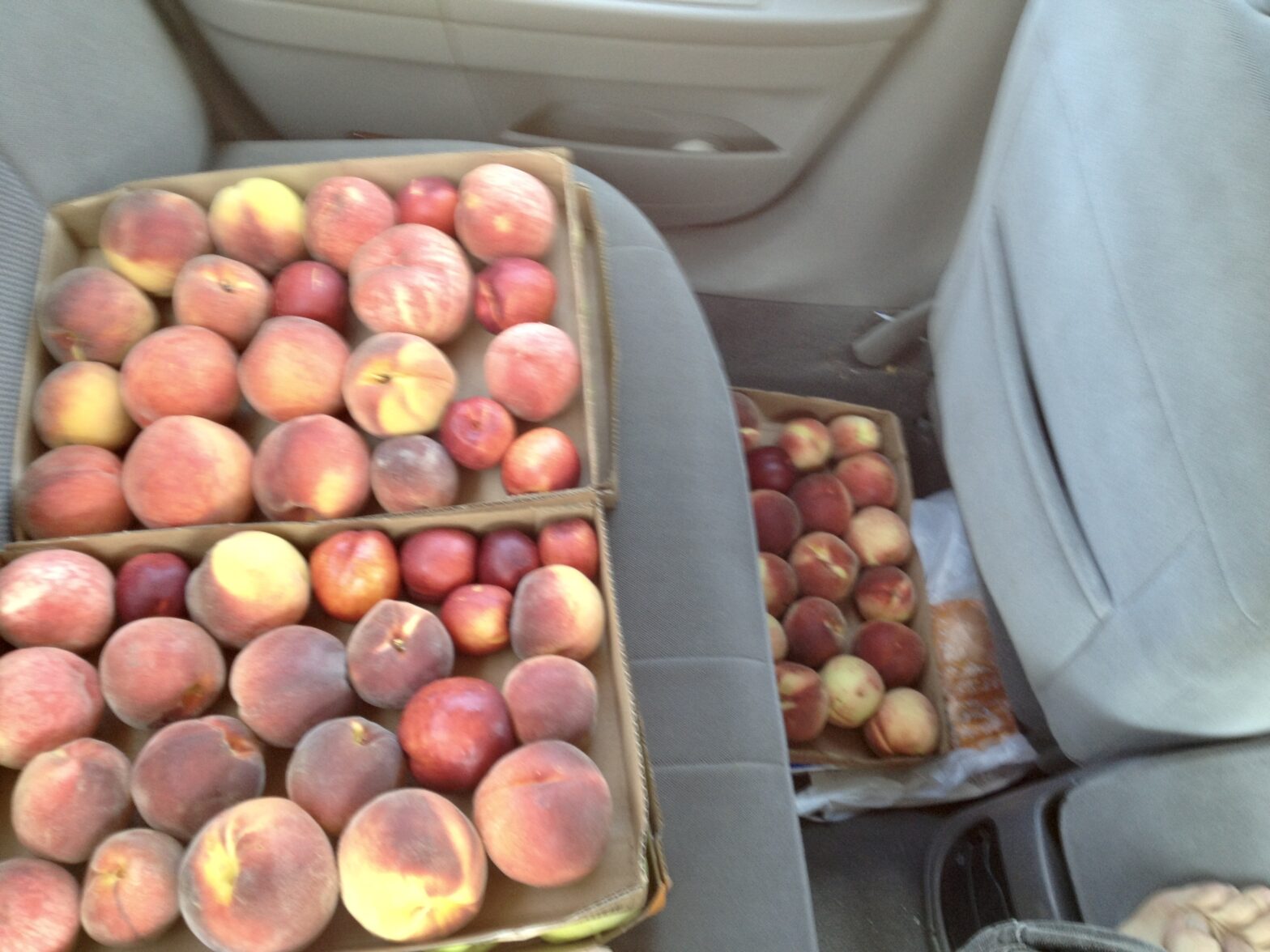While fruits have never contributed as much to the economy as staples like soybeans, which last year brought $25.7 billion in exports as a result of varieties found by USDA explorers, they evoke more passionate cravings. […]
Though we now eat fruits from every part of the globe in every season, the selection we enjoy is far more limited than the one promised by the USDA’s mouthwatering collection. The concerted efforts of plant explorers, researchers, breeders, marketers, government officials, entrepreneurs, and giant corporations enabled fruit to flow around the globe—but at a human, ecological, and ultimately gustatory cost.”
Willa Glickman, “Fruits of Empire” (NYRB)
I still, perhaps from childhood associations, think of “fruit” as a largely tropical category, lush, unfamiliar, a bit exotic. This despite growing up in frequent attendance at my maternal grandparents’ nearby orchard (mainly apple, increasingly peach, and two accidental pear trees, if memory serves). And despite being the type of kid who liked to point out that, actually, tomatoes are a fruit.
My conflicted romances with bananas and coconut products each deserve a blog post of their own. In the meanwhile, it’s time I continue recalibrating my associations and assumptions involving fruit. Here’s a starting point for New England “fruit” that goes one step further than the rote apple and cranberries, compliments of the Ecological Landscape Alliance.
